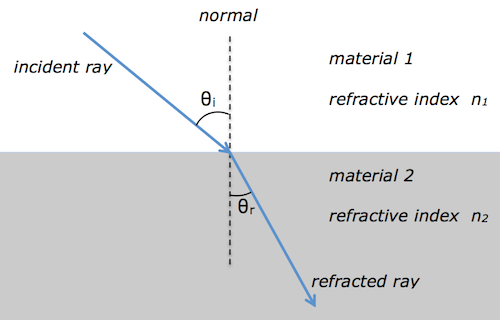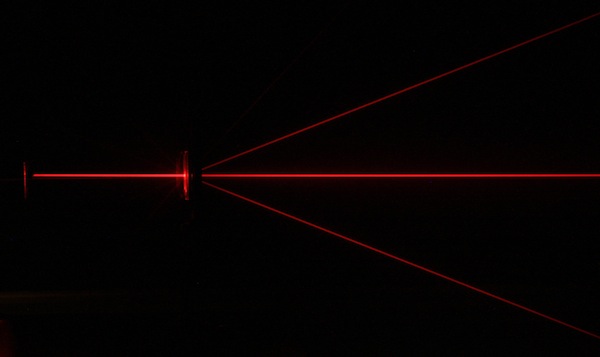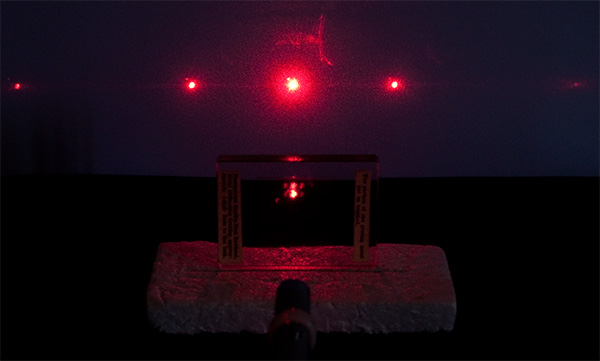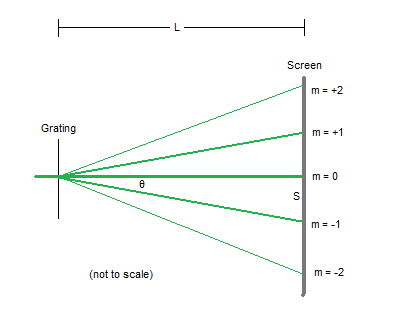We’re going to start the researching physics unit and assignment next week. Before we go to the computer room, please watch the attached video so you will have some ideas about the science of earthquakes and how they can be detected.
This is a large video file – make sure you are connected to wifi before downloading.
Please do not stream the video as this will prevent others from viewing at the same time. Download the file before you start to watch.







